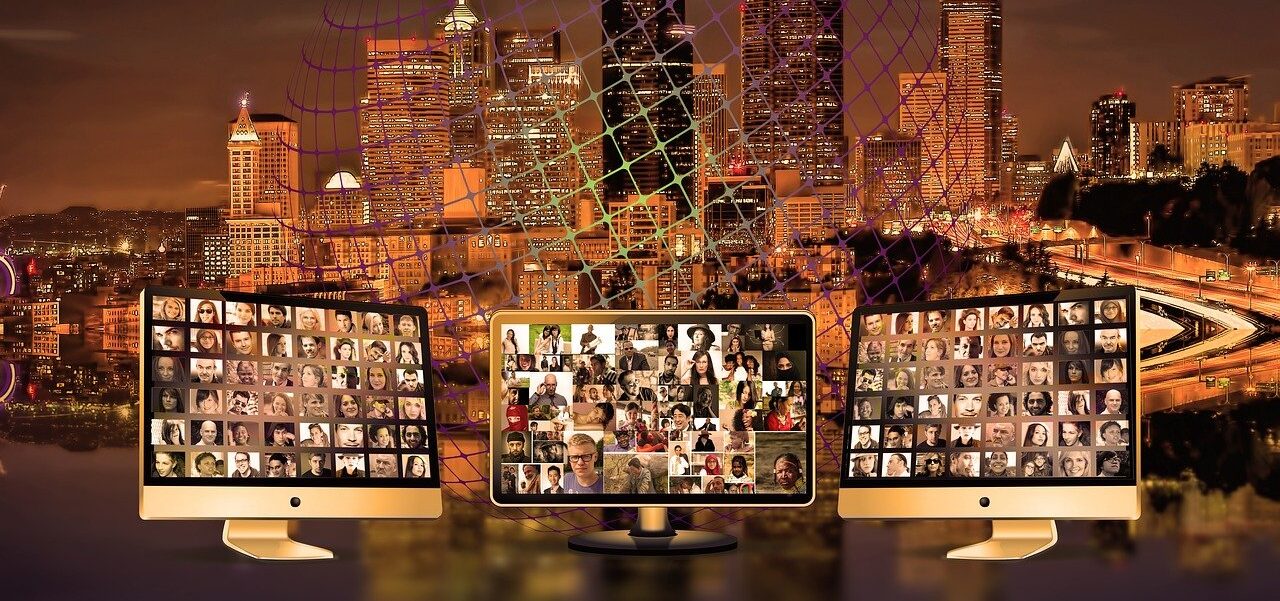#WFH: How Do You Communicate Virtually?
In the virtual world, you want to establish and adhere to communication norms. To share critical information, collaborate and get the job done, you do not want to leave anything to chance. Good communication skills in the virtual world are a learned art. You must have personal contact in a very impersonal environment, so you need to be more articulate, share more personally and celebrate success.
Virtual leadership gains its strength by organizing distant team members to accomplish specific goals. We used to assume that allegiance was temporary. As more of us continue to move toward virtual work, the transitory aspects of the virtual environment are vanishing. Virtual work is a way of life. It is the way we work and will work in the 21st century. Work will come to the pajama worker; the pajama worker will not have to go into the office to work. This means more flexibility, informality, enhanced autonomy and innumerable other benefits. It also means it is a more challenging environment for leadership (Beck et al. 2001).
Distance magnifies dysfunction. Influence and rules are more difficult to impose with miles, time and distance between us. Human relationships can be strained when distance and time divide us: ask anyone who has tried to carry on a long-distance love relationship. This same divide affects virtual teams and virtual management. When you are away from others, change can be magnified and change in the virtual world is constant.
Change can come quickly and sneak up on those who aren’t expecting it. In the pajama workplace, it is not just about managing people or projects but also about managing change, both professional and personal. The digital boss must exert influence and assume responsibility for challenges over great distances while confronting a very competitive and often hostile environment (Davis, 2008). Everything and everyone can compete for the worker’s attention.
Leadership is the use of power and influence to change and direct our behaviors and the behaviors of others. Leadership is energy, engagement and trust. First, a leader needs to have the confidence and know-how to manage himself or herself. Then the leader must establish trust and reliance.
#WFH, #RemoteWorkplace, #RemoteWorker, #WorkFromHome, #BobbeGB, #BobbeBaggio, #ThePajamaEffect, #Touchpoints, #Virtual Workplace, #Virtual Worker, #PJEffect, #LinkedInNewsLive





